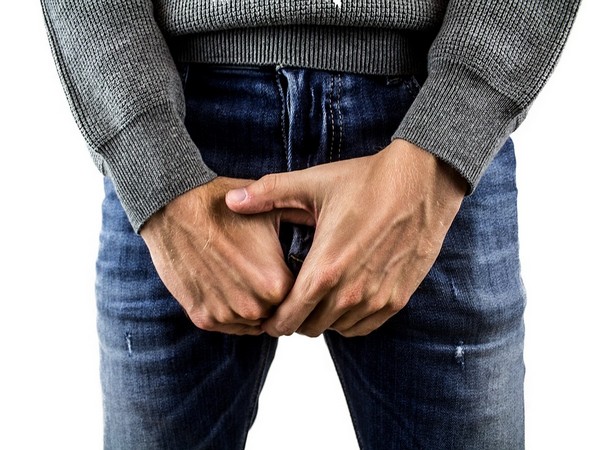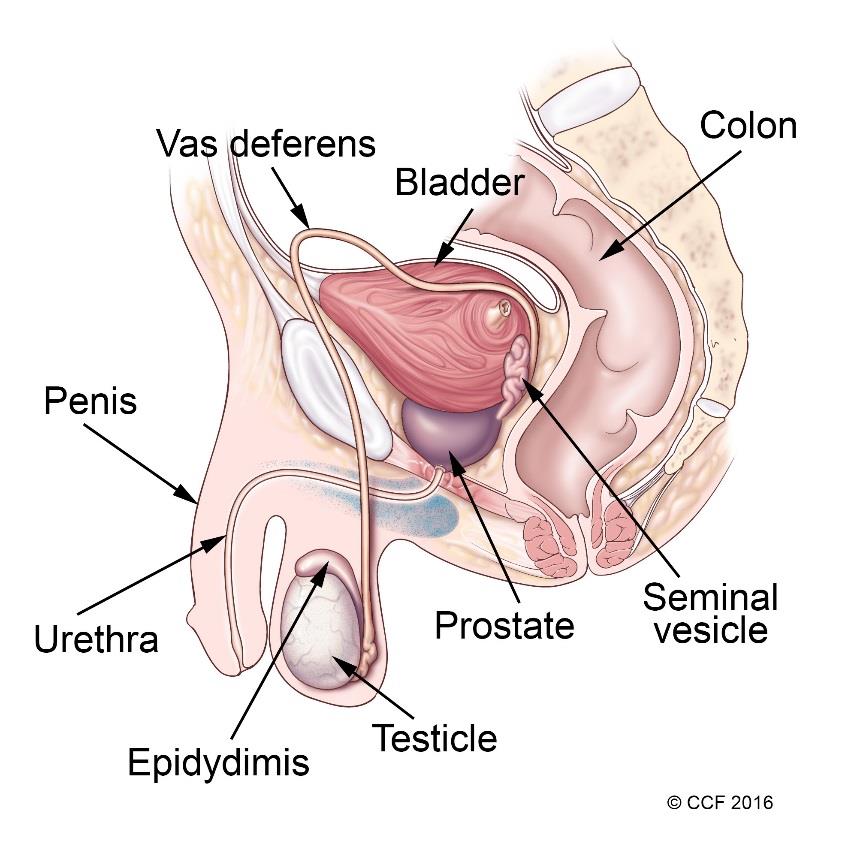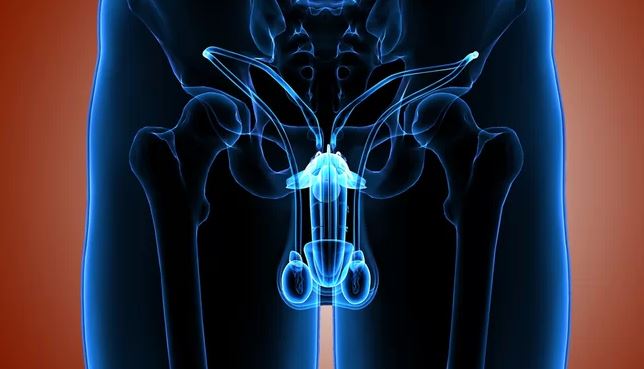Penis development requires more than just testosterone
A new study now finds that proper development of the foetal penis requires not just testosterone from the testes, but a second hormone produced by other tissues, including the placenta.

Washington DC: A new study now finds that proper development of the foetal penis requires not just testosterone from the testes, but a second hormone produced by other tissues, including the placenta.
Published in the open-access journal PLOS Biology, the study was conducted by Paul Fowler of the University of Aberdeen, Michelle Bellingham of the University of Glasgow, and colleagues in the UK, France and Sweden.
The results reveal a previously unknown pathway of masculinisation of the external genitals, and may explain why placental dysfunction is associated with disorders of male genital development.

Also Read |
No time for adequate sleep? Meditation might help in replenishing energy
According to the study, during development of the male foetus, the testes release testosterone, a steroid hormone which is converted to 5α-dihydro testosterone (DHT) by the genital tubercle, helping to ensure that this primordial structure develops into a penis, rather than into the female clitoris.
Recently, penis development was shown to also depend on a second process, called the alternative or "backdoor" pathway, which also ends in the production of DHT but doesn't depend on the production of testosterone by the testes. However, the details of this backdoor pathway, including the source of the DHT precursor, have been unclear.
To know more about this pathway, the authors used mass-spectrometry to measure levels of different steroids in foetal plasma and tissue during the second trimester, when the most critical steps in penis development occur. They also analysed gene expression levels in various tissues of key enzymes known to be involved in hormone synthesis.
Also Read |
Sex education before college lowers risk of sexual assault
Researchers found that androsterone, a steroid from the backdoor pathway, which can be converted to DHT, was the principal androgen in the male foetal circulation, and that levels of both androsterone and testosterone were lower in the female foetal circulation.
They also found that enzymes needed for the backdoor pathway were present primarily in non-gonadal tissue, including the liver and the placenta. Since androsterone can be made from progesterone, the authors suggest that placental progesterone or related compounds are the likely source of androsterone in the backdoor pathway.
"Our results demonstrate that masculinization of the male foetus depends not only on the testes, but also on other tissues, especially the placenta" Fowler and Bellingham said. "They also suggest an explanation for why disorders of placental insufficiency can lead to hypospadias and other abnormalities of growth of the male external genitalia." (ANI)
 Dynamite News
Dynamite News 
